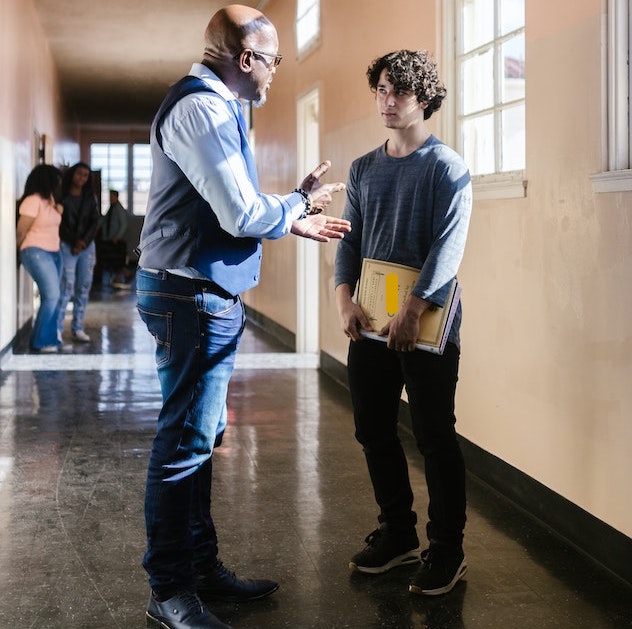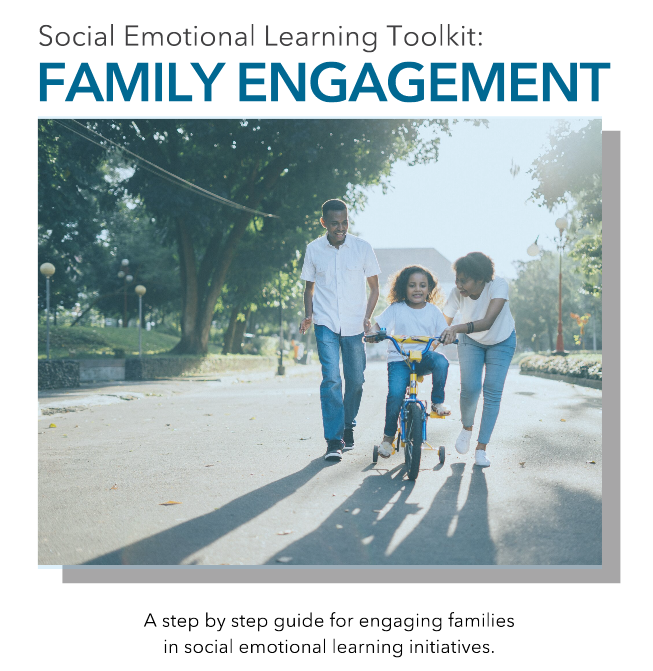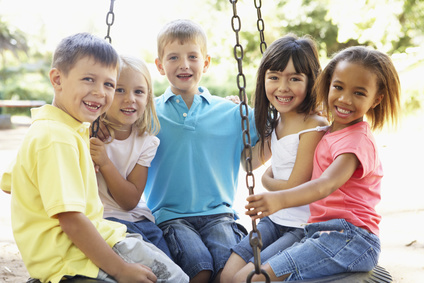 The types of skills required to care for and advocate for oneself and others — self-regulation, responsibility, empathy, and discipline, among others — are becoming increasingly central to the work of schools and teachers, and increasingly relevant to the lifelong success of students.
The types of skills required to care for and advocate for oneself and others — self-regulation, responsibility, empathy, and discipline, among others — are becoming increasingly central to the work of schools and teachers, and increasingly relevant to the lifelong success of students.
More and more, educators are recognizing that these skills — often called “social and emotional” skills — are inextricably intertwined with the academic skills. Nine out of 10 teachers believe that social emotional skills can and should be taught. But four out of five want more support to address their students’ social emotional development. How do teachers catch up their practices with what they know is possible?
With the following considerations and actions, teachers can begin to break the silos that stuff social-emotional learning into a specific unit or class, and instead embed it throughout the day.
Teaching SEL skills
Be intentional. Social and emotional skills come up all the time — at recess, in group work, in math class. Be intentional about identifying opportunities to practice the skills with your students.
Create a warm classroom culture. Students learn best when they feel safe and cared for. Let each student know that you respect and care for her as an individual.
Focus on relationships. Meaningful relationships — both between students and adults, and between students and other students — help improve attitudes and achievement.
Make discipline more inclusive. Discipline, too, can be more focused on healing relationships than punishment. When a child misbehaves, frame it as a poor choice — not evidence that he is a bad kid. Discuss behavior with students by working with them to set classroom norms and having regular meetings about how those norms are working.
Broaden your definition of student success. Broadening the definition of student success is ultimately a community-wide goal, but even in your classroom, you can emphasize to students that test scores aren’t the only things that matter. Recognize and celebrate when students are persistent in the faces of challenges, when they are caring to their peers, and when they are good listeners.
Advocate for change on the school and system level. The best social emotional instruction is borne out of collaboration. Advocate to your principal and school board for social-emotional training. Convene meetings with other personnel in the school so you can talk about students’ needs, and make sure that no student is falling through the cracks.
Excerpted from “Six Ways to Teach Social and Emotional Skills All Day” in MindShift online. Read the full article.






